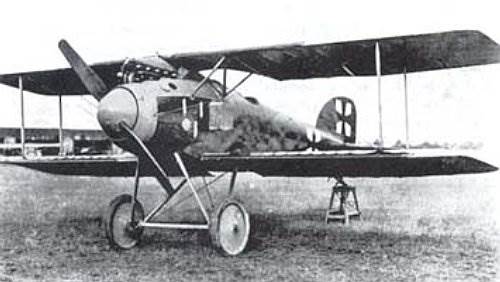These 1920s Mercedes supermodels with a ‘K’ suffix had superchargers, and simply gorgeous lines . . . and this year we celebrate three very special cars at the MBCCR.
The supercharger was actually born before the car. In fact, its journey actually started with blast furnaces. Then in 1885, Gottlieb Daimler received a patent for a supercharged engine. Yes, a year before the patent for the first car. So Merc was into supercharging from the get-go. The supercharger is a device that blows more air into a combustion chamber so you can burn more fuel. Superchargers became popular in the mid-1920s when companies like Mercedes, who could handle all the precision and tech, took the help of these ‘blowers’ to make their engine produce more power.
The first Mercedes supercharged engines, however, weren’t used in cars – they were used in World War I aircraft, around 1917. It all started with the Daimler D IVa. Displacing 21.7 litres, the supercharger helped this engine make the same amount of power at sea level and at high altitudes where the air pressure was much lower. This was unheard of at the time and meant that any combat aircraft that used this engine, like the German Albatros, had a huge advantage over rivals at high altitudes. Rivals running naturally aspirated engines often lost up to 40 percent of their power at higher altitudes.
Supecharged engines were first deployed in World War I aircraft, like the Albatros
It was also Daimler who introduced the first supercharged production car in 1923. These were the 1.6 litre 6/25 hp and the 2.6 litre 10/40 hp, both of which were known as Kompressor models. Over the next few years, Mercedes would go on to produce a string of very successful and attractive supercharged models, all suffixed with a K, and we will celebrate these cars at this year’s MBCCR.
What makes these cars so fascinating is that Kompressors were among the most advanced cars of their age. Using a combination of aero tech and tech from the Grand Prix cars of the time, that also used both straight-eights and supercharging, the icons of the range were the 500K and the larger-engined 540K (lead image); both of which you will be able to see and hear at this year’s rally.

Powered by a 5.0-litre supercharged straight-eight, the 500k was among the fastest cars of its time.
Both went on sale in the mid 30’s, the 540 following the 500. The 500K displaces 5,000cc, the 540K 5,400cc. Unlike cars today, the supercharger cut in on these cars only when you went to full throttle; which made it relatively simple to meter the fuel and air and determine the correct spark timing. Once the supercharger was engaged, power was increased to 160hp, allowing for speeds in excess of 150kph on the 500K. This made it among the fastest cars in the world at the time.
The 540K was even more powerful and made 180hp. Make sure to hear these straight-eights rev if the engines are started; they sound very different with their long crankshafts and long drawn out, smooth engine note. And make sure you compare and contrast them with the more pulsating sound of engines with a low cylinder count. While you are unlikely to hear the whine of the supercharger, do keep an ear open for the howl as the car passes by.
What’s interesting is that these cars aren’t just about engine performance, the 500Ks and 540Ks are simply gorgeous, with big flowing fenders, recessed and pointy Mercedes radiators, raked windscreens, and independent suspension. Both cars also have very interesting origins; while the 540K that belongs to the Pranlal Bhogilal collection came from the state of Jawhar (that’s not too far from Mumbai), Hormusji Cama’s 500K is said to have come from the Kingdom of Nepal.
According to Mercedes, a total of 760 500K and 540K models of the W 29 series were made between 1934 and 1939. Of these, 354 had the 5.0-litre engine and 406 the 5.4-litre engine, the latter from 1936 onwards. Around 60 units of the variants with roadster bodywork were produced. So these cars are pretty rare and worthy of being displayed in a museum.

The 1929 630K used a six-cylinder supercharged engine.
The third car, Harshvardhan Ruia’s 1929 630K – formerly of the state of Tikari – is even more of an eyeopener. This particular car was sold after the merger of Daimler and Benz (in 1926), but what’s fascinating is that earlier Daimlers were sold under 24/100/140 nomenclature – the name based on the various horsepower figures according to tax laws and real and nominal horsepower. And while the 500K and 540K use eight-cylinder engines, this car used a six cylinder. The more stately four door was originally imported via Kolkata and showcased the breadth of cars from Daimler and Benz that eventually used supercharged engines.
Also See:


























